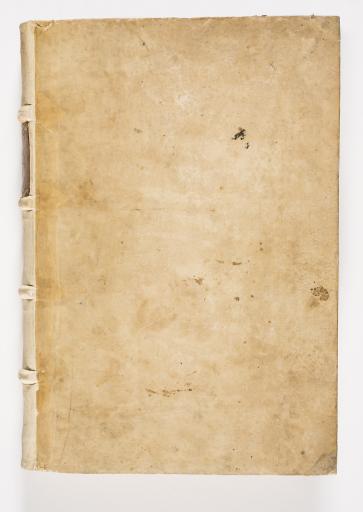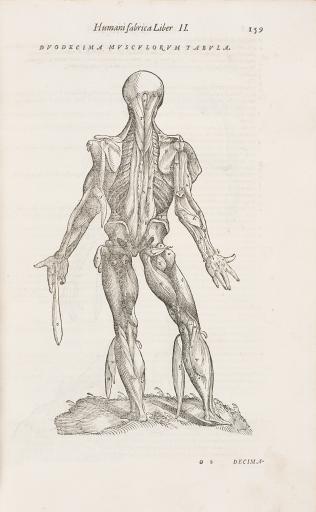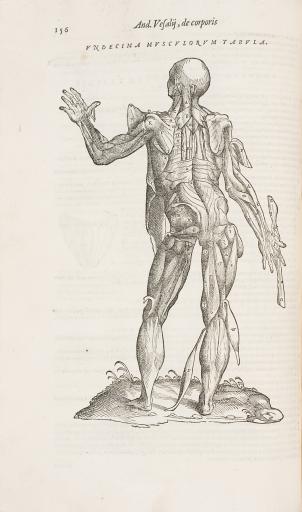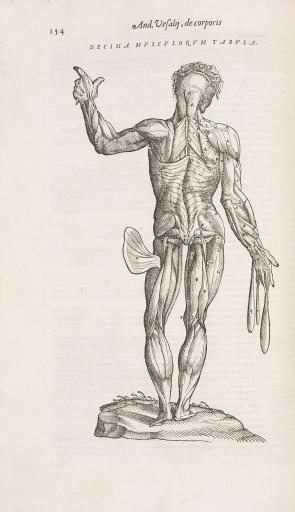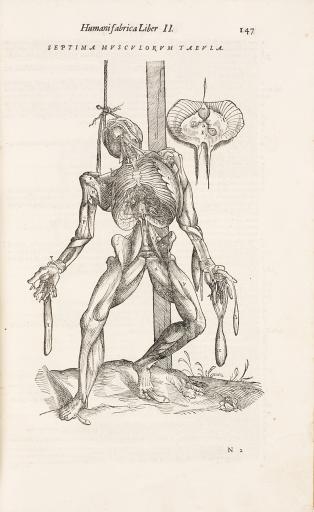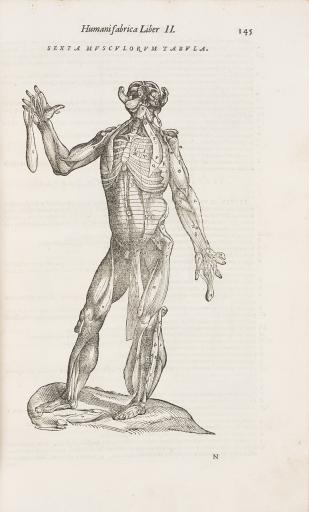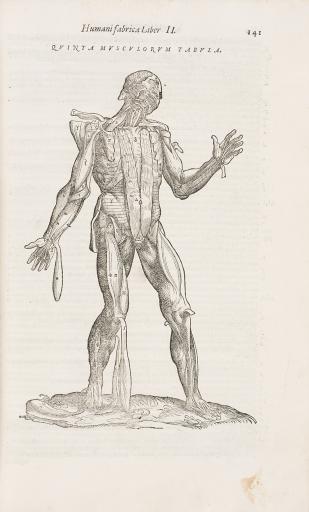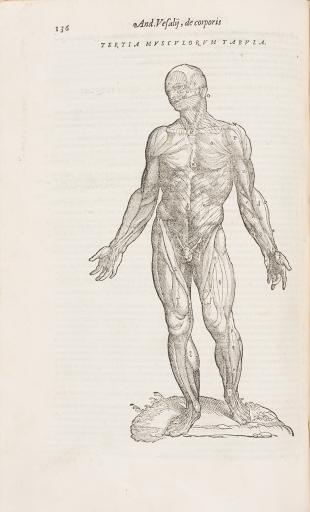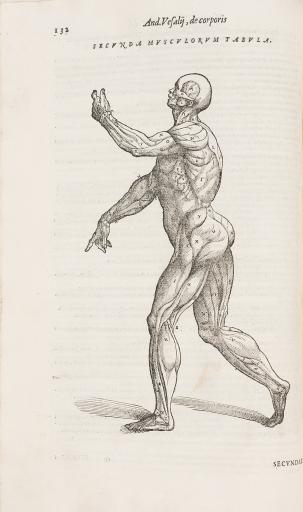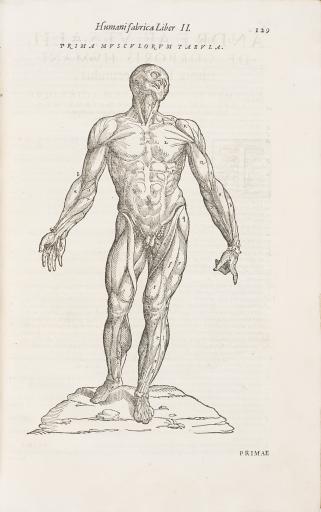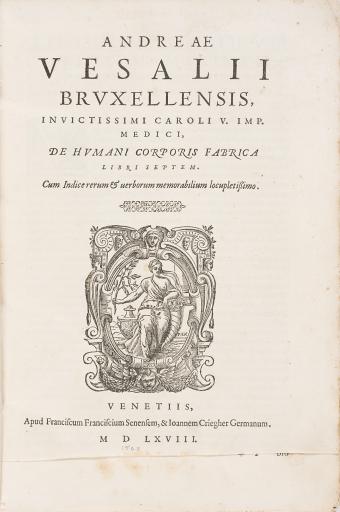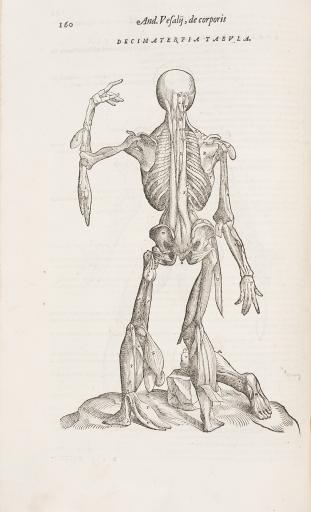De humani corporis fabrica (On the Fabric of the Human Body), Franciscus Francisci and Johannes Criegher; Andreas Vesalius
Artwork Overview
Franciscus Francisci and Johannes Criegher, publisher
Andreas Vesalius, artist
1514–1564
De humani corporis fabrica (On the Fabric of the Human Body),
1568 (original 1543)
Where object was made: Venice, Italy
Material/technique: printing; paper
Credit line: Clendening History of Medicine Library and Museum, University of Kansas Medical Center
Accession number: EL2020.049
Not on display
If you wish to reproduce this image, please submit an image request
